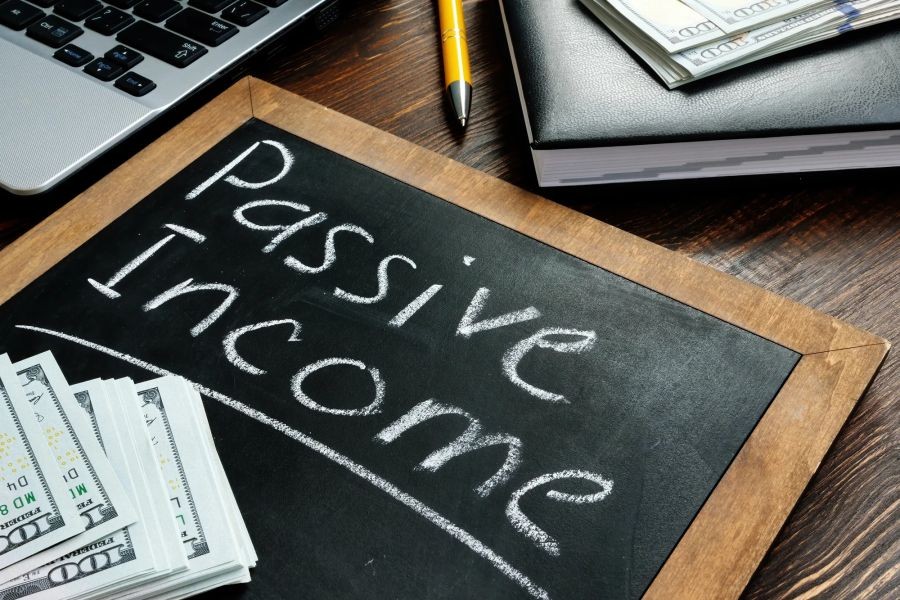In a rapidly evolving educational landscape, the debate between self-paced learning and live online classes has become increasingly relevant, particularly in a post-pandemic world where remote education is a critical component. For corporate lawyers in Australia, understanding the nuances of these educational methodologies is essential, not just for personal professional development, but also for advising clients on training and development strategies. This article delves into the effectiveness of self-paced learning versus live online classes, providing data-backed insights and real-world applications relevant to the Australian context.
Understanding Self-Paced Learning
Self-paced learning allows individuals to take control of their educational journey. Learners can progress through the material at their own speed, making it a flexible option for busy professionals. In Australia, the adoption of self-paced learning is on the rise, largely due to the convenience it offers. According to a report by IBISWorld, the online education industry in Australia is valued at AUD 6 billion as of 2023, with self-paced courses making up a significant portion of this market.
Pros of Self-Paced Learning
- Flexibility: Learners can study at their own pace, accommodating their professional and personal schedules.
- Customizability: Courses can be tailored to meet specific learning objectives, making it easier to focus on areas that require improvement.
- Cost-Effective: Generally less expensive than live classes, making it accessible for a wider audience.
- Scalability: Ideal for organizations looking to train large numbers of employees without logistical constraints.
Cons of Self-Paced Learning
- Lack of Immediate Feedback: Learners may not receive instant responses to questions, which can delay understanding.
- Requires High Self-Motivation: Without set schedules, learners must be disciplined to progress.
- Limited Interaction: Minimal engagement with peers or instructors can hinder collaborative learning.
Exploring Live Online Classes
Live online classes simulate the traditional classroom environment through virtual platforms. They have become a staple in the Australian education sector, especially after the COVID-19 pandemic. These classes facilitate real-time interaction between instructors and students, closely mimicking face-to-face learning.
Pros of Live Online Classes
- Real-Time Interaction: Students can ask questions and receive immediate feedback, enhancing understanding.
- Structured Environment: Provides a disciplined schedule, which can improve learning outcomes for those who thrive in structured settings.
- Community Building: Enables networking and collaboration with peers and instructors.
Cons of Live Online Classes
- Less Flexibility: Scheduled classes may not fit into everyone's timetable, especially for those with busy professional lives.
- Technical Issues: Dependence on technology means that technical glitches can disrupt learning.
- Higher Costs: Often more expensive than self-paced options due to the need for real-time interaction and smaller class sizes.
Case Study: Australian Legal Firm Adopts Hybrid Learning
In 2022, a prominent Australian legal firm, seeking to enhance the skills of its employees, implemented a hybrid learning model combining self-paced modules and live online classes. The firm found that while self-paced modules were effective for theoretical knowledge, live classes excelled in developing practical skills through interactive case studies and feedback sessions. As a result, the firm reported a 30% increase in employee satisfaction and a 20% improvement in client service delivery.
Myths and Misconceptions
Myth 1: Self-Paced Learning Is Less Effective
Many believe that self-paced learning lacks the rigor of structured classes. However, studies have shown that when designed well, self-paced courses can produce outcomes comparable to traditional methods. The Australian Bureau of Statistics (ABS) reported that 70% of learners in self-paced courses met or exceeded their learning objectives in 2023.
Myth 2: Live Online Classes Are Just Like Face-to-Face Classes
While live online classes offer real-time interaction, they are not identical to in-person classes. The virtual environment can present unique challenges such as reduced non-verbal communication cues, which can impact learning dynamics.
Myth 3: Self-Paced Learning Is Only for Tech-Savvy Individuals
This myth overlooks the accessibility improvements in online learning platforms. Many self-paced courses are designed with user-friendly interfaces, making them accessible to learners of varying technical proficiency.
Regulatory Insights from ACCC
The Australian Competition & Consumer Commission (ACCC) monitors online educational offerings to ensure consumer protection and fair practices. As self-paced and live online classes become more prevalent, the ACCC emphasizes the importance of transparency in course offerings and pricing to protect Australian consumers from misleading claims.
Future Trends and Predictions
By 2030, it is predicted that digital learning will become a predominant form of education in Australia, driven by technological advancements and changing workforce demands. A report by Deloitte suggests that AI and machine learning will further personalize self-paced learning experiences, making them more effective and engaging.
Final Takeaways
- Self-Paced Learning: Best for flexibility and customizability, but requires self-discipline.
- Live Online Classes: Ideal for interactive learning and immediate feedback, though less flexible and often more costly.
- Hybrid Approach: Combining both methods can maximize the strengths of each, leading to improved learning outcomes.
- Regulatory Compliance: Ensure courses meet ACCC guidelines for transparency and consumer protection.
Ultimately, the choice between self-paced learning and live online classes depends on individual learning preferences, professional demands, and the specific skills being targeted. For corporate lawyers in Australia, understanding these options is crucial in advising clients and enhancing personal development. As the educational landscape continues to evolve, staying informed about the latest trends and technologies will be key to leveraging the best of both worlds.
People Also Ask
- How does self-paced learning benefit corporate lawyers in Australia? Self-paced learning offers flexibility, allowing corporate lawyers to balance their professional schedules while acquiring new skills, leading to enhanced job performance.
- What are the biggest misconceptions about live online classes? A common misconception is that they are equivalent to in-person classes. However, they can lack the non-verbal cues and dynamics of face-to-face interactions.
- How can Australian businesses effectively implement hybrid learning? By combining self-paced modules for theoretical knowledge and live classes for practical skills, businesses can create a comprehensive learning experience that suits diverse needs.
Related Search Queries
- Self-paced learning benefits
- Live online classes vs. traditional classes
- Online education trends in Australia
- Hybrid learning models
- Australian Bureau of Statistics online education
- ACCC guidelines for online courses
- Future of education in Australia
- AI in self-paced learning
- Live online class platforms in Australia
As we continue to navigate the complexities of modern education, the balance between self-paced learning and live online classes will likely play a pivotal role in shaping the future of learning in Australia. Understanding their unique benefits and challenges will empower Australian professionals and businesses to make informed decisions that align with their educational and professional goals.





























